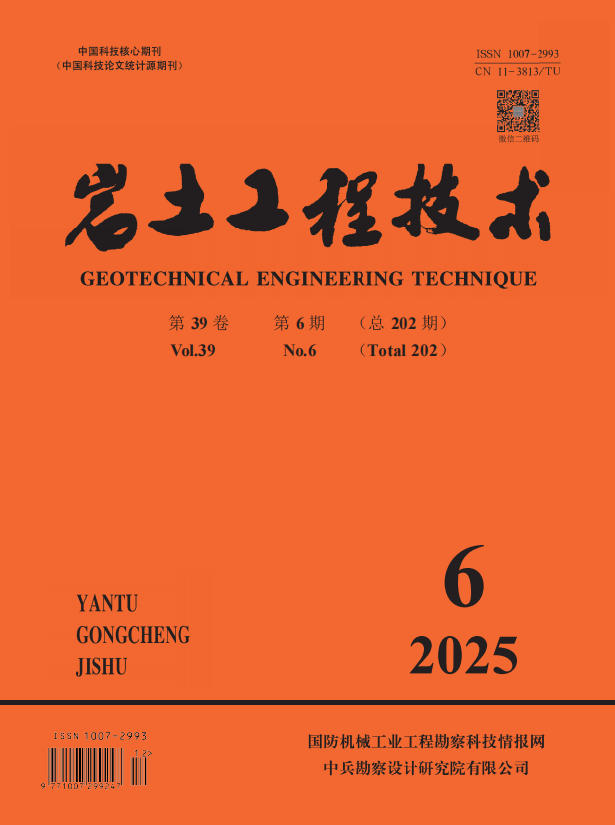2007 Vol. 21, No. 1
Display Method:
2007, 21(1): 1-3.
Abstract:
2007, 21(1): 4-6,10.
Abstract:
2007, 21(1): 7-10.
Abstract:
2007, 21(1): 11-14.
Abstract:
2007, 21(1): 15-20.
Abstract:
2007, 21(1): 21-24.
Abstract:
2007, 21(1): 25-27.
Abstract:
2007, 21(1): 28-31,45.
Abstract:
2007, 21(1): 32-35.
Abstract:
2007, 21(1): 36-38,50.
Abstract:
2007, 21(1): 39-41.
Abstract:
2007, 21(1): 42-45.
Abstract:
2007, 21(1): 46-50.
Abstract:
2007, 21(1): 51-54.
Abstract:



